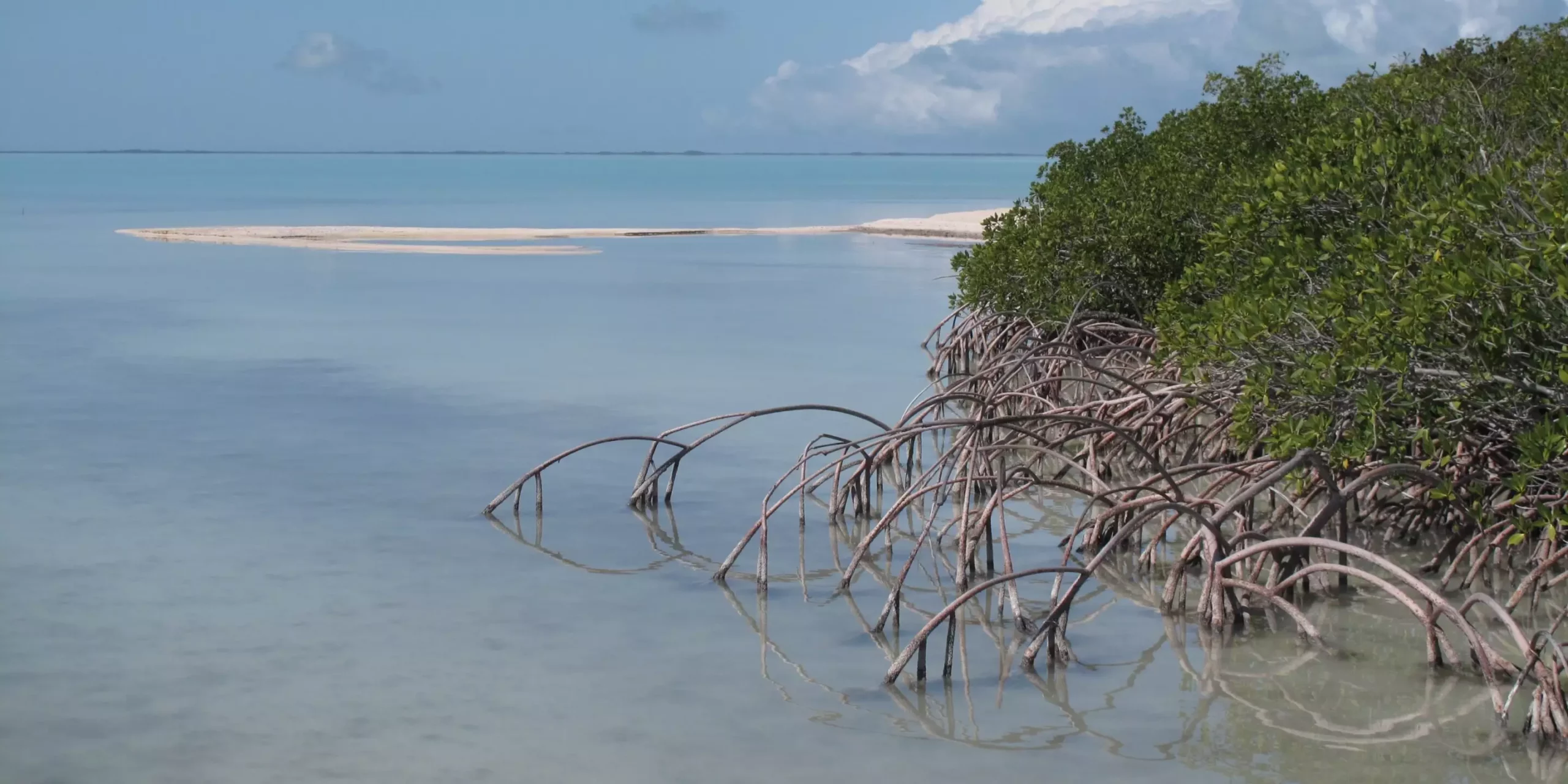The alarming increase in sea surface temperatures presents one of the most pressing challenges for marine ecosystems worldwide, with South Florida emerging as a significant focal point due to its rapid warming rates. Research conducted by scientists from the University of South Florida College of Marine Science indicates that local estuaries are warming at an unprecedented pace, raising concerns about the long-term viability of their unique aquatic habitats and the species that depend on them. This article delves into the implications of these findings, the factors contributing to this trend, and the importance of collaborative research to mitigate the impending crisis.
For decades, scientists have noted a general upward trend in global sea surface temperatures; however, South Florida’s estuaries exhibit a stark deviation from this global phenomenon. Over the past 20 years, the temperatures in crucial areas such as Florida Bay, Tampa Bay, St. Lucie Estuary, and the Caloosahatchee River Estuary have risen around 70% faster than those in the Gulf of Mexico and an astonishing 500% faster than the average for the world’s oceans. In the summer of 2023, a marine heat wave in the region further exacerbated these concerns, pushing temperatures to record levels. The implications of this thermal anomaly are profound, as it disrupts the delicate balance of the local marine ecosystem.
Estuaries are pivotal for numerous marine species, serving as nurseries for young fish and providing essential habitats like seagrass meadows and mangroves. In South Florida, these vital ecosystems are home to diverse wildlife, including commercially significant species and endangered organisms that rely on exceptionally stable environmental conditions. As highlighted by Chuanmin Hu, a professor of physical oceanography, rising temperatures pose a direct threat not only to seagrass and coral populations but also to the abundant marine fauna dependent on them.
The temperature increase enhances the likelihood of harmful algal blooms, which can disrupt food chains and outcompete crucial seagrasses. Similarly, the health of coral reefs—which are iconic to the Florida Keys—stands at risk. Coral reefs are particularly sensitive to changes in water temperature, and prolonged exposure to elevated temperatures can lead to coral bleaching, a phenomenon that can decimate entire coral populations and endanger the myriad species they shelter.
While the immediate repercussions of rising temperatures in South Florida’s estuaries are evident, understanding the underlying causes is equally critical. Several factors may be contributing to this local anomaly, including increased rates of evaporation, changes in water capacity, and the residence time of water within these estuaries. The latter refers to how long water remains in estuarine systems, which can dramatically influence temperature accumulation.
Researchers are undertaking ongoing investigations to ascertain the specific dynamics at play. These studies aim to identify the reasons behind the unique warming trends seen in South Florida, especially since such behavior has not been uniformly observed in estuaries throughout the broader Gulf of Mexico. This suggests that localized environmental conditions—such as urban runoff and land use changes—could also play a role in shaping the thermal experience of these estuarine systems.
To address the looming threat that rising temperatures pose to local marine ecosystems, researchers are keen to collaborate with other organizations, including the Florida Fish and Wildlife Conservation Commission and the National Oceanic and Atmospheric Administration. By pooling resources and expertise, these partnerships may yield significant insights into the ramifications of warming for seagrass and coral populations, guiding conservation efforts and informing policy decisions.
As scientists like Hu and his doctoral student, Jing Shi, continue to investigate these critical questions, the pursuit of knowledge will not only enhance our understanding of marine heat waves but also underscore the need for timely interventions.
The rising sea surface temperatures in South Florida’s estuaries represent a microcosm of a broader, global challenge that threatens marine biodiversity. The unique and accelerated warming observed in this region requires urgent attention, extensive collaborative research, and a commitment to conservation. As we strive to unravel the complexities of these warming trends, it becomes increasingly clear that protecting these vital ecosystems is not just an environmental issue but a necessity for the resilience of our oceans and the communities that depend on them.

